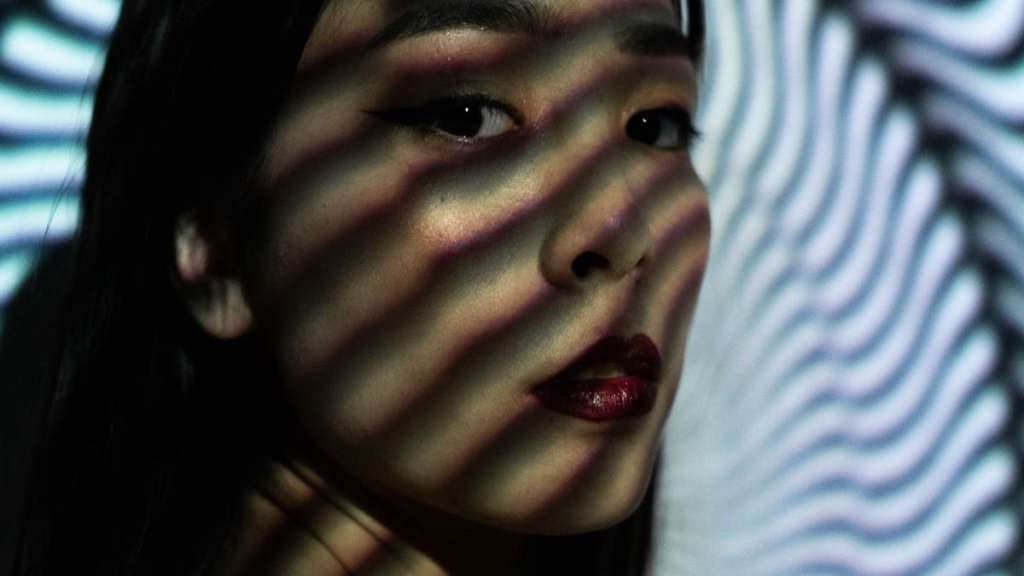
Step into a world of vibrant colors, intricate patterns, and mind-bending visuals with our exploration of the wonders of psychedelic design. This unique and mesmerizing art form has captivated viewers for decades, offering a feast for the eyes unlike any other. From swirling shapes to kaleidoscopic images, psychedelic design pushes the boundaries of creativity and invites us to experience the world in a whole new way.
Main Points
- Psychedelic design mesmerizes viewers with its vibrant colors and intricate patterns.
- This art form pushes the boundaries of creativity and invites us to experience the world in a whole new way.
- From swirling shapes to kaleidoscopic images, psychedelic design offers a feast for the eyes unlike any other.
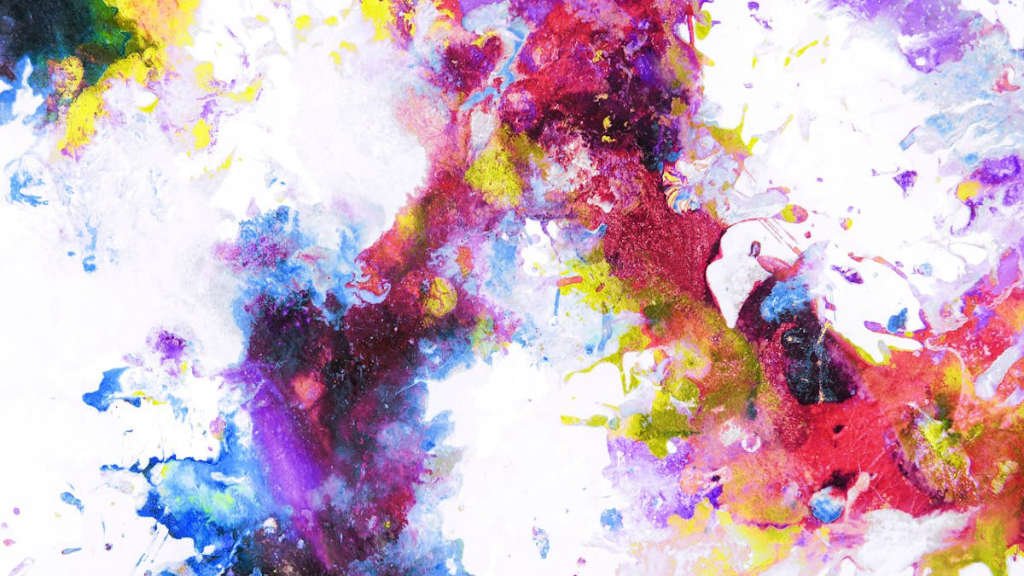
The Evolution of Psychedelic Art Movement: From 1960s to Modern Times
Psychedelic art, characterized by vibrant colors, intricate patterns, and surreal imagery, emerged in the 1960s as a visual counterpart to the psychedelic music and counterculture of that era. This art movement continues to evolve and influence artists to this day. Let’s take a closer look at the evolution of psychedelic art from the 1960s to modern times.
Key Characteristics of Psychedelic Art:
- Colorful: Psychedelic art is known for its bold and bright color palette, often using neon and fluorescent hues to create a visually striking effect.
- Abstract Patterns: Intricate and repetitive patterns are common in psychedelic art, creating a sense of movement and visual complexity.
- Surreal Imagery: Psychedelic art often features surreal and dream-like imagery, with elements such as melting shapes, distorted perspectives, and fantastical creatures.
The 1960s marked the heyday of the psychedelic art movement, with artists like Wes Wilson, Victor Moscoso, and Peter Max creating iconic posters and album covers that defined the visual aesthetic of the era. These artists drew inspiration from Art Nouveau, Op Art, and Eastern mysticism to create psychedelic artworks that reflected the spirit of the counterculture movement.
In modern times, psychedelic art has seen a resurgence in popularity, with contemporary artists reinterpreting and expanding upon the aesthetic principles established in the 1960s. Digital tools and advancements in technology have allowed artists to create new and innovative forms of psychedelic art, blending traditional techniques with modern mediums.
Influence on Popular Culture:
- Music: Psychedelic art continues to be closely associated with psychedelic music genres, such as psychedelic rock and electronic music.
- Fashion: The vibrant and eclectic style of psychedelic art has inspired fashion designers to incorporate psychedelic patterns and colors into their clothing collections.
- Visual Arts: Psychedelic art has influenced a wide range of visual arts, from illustration and graphic design to installation art and street art.
Overall, the evolution of psychedelic art from the 1960s to modern times showcases the enduring influence and creativity of this vibrant and visionary art movement.
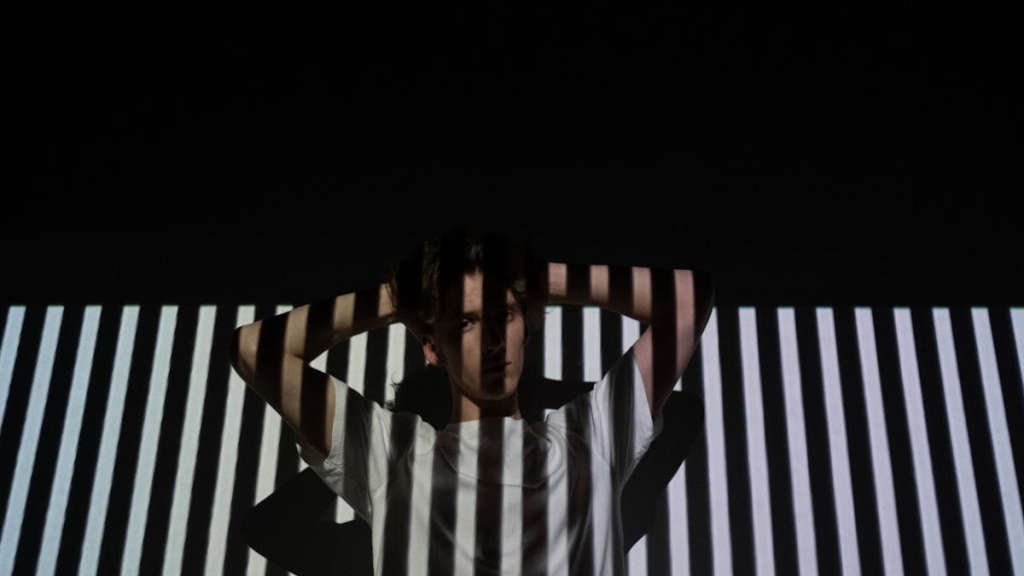
The Influence of Psychedelic Design on Contemporary Graphic Design
In recent years, there has been a resurgence of interest in psychedelic design elements in the world of contemporary graphic design. The bold colors, swirling patterns, and surreal imagery that defined the psychedelic movement of the 1960s have once again found their way into the mainstream.
One of the key ways in which psychedelic design has influenced contemporary graphic design is through the use of abstract shapes and geometric patterns. These elements can be seen in everything from album covers to advertisements, and they add a sense of energy and vitality to the visuals.
The use of bright, eye-catching colors
Another hallmark of psychedelic design that has made a comeback in recent years is the use of bright, eye-catching colors. These colors can instantly grab the viewer’s attention and create a sense of excitement and wonder. In a world where everyone is constantly bombarded with information, using bold colors can help a design stand out from the crowd.
The blending of reality and fantasy
One of the most intriguing aspects of psychedelic design is its ability to blend reality and fantasy in a seamless way. By incorporating surreal imagery and dream-like elements, contemporary graphic designers are able to create visuals that are both captivating and thought-provoking. This blending of the real and the unreal can transport viewers to another world and evoke a sense of wonder and awe.
| Psychedelic Design Element | Impact on Contemporary Graphic Design |
|---|---|
| Abstract Shapes | Adds energy and vitality to visuals |
| Bright Colors | Grabs viewer’s attention and creates excitement |
| Blending of Reality and Fantasy | Creates captivating and thought-provoking visuals |
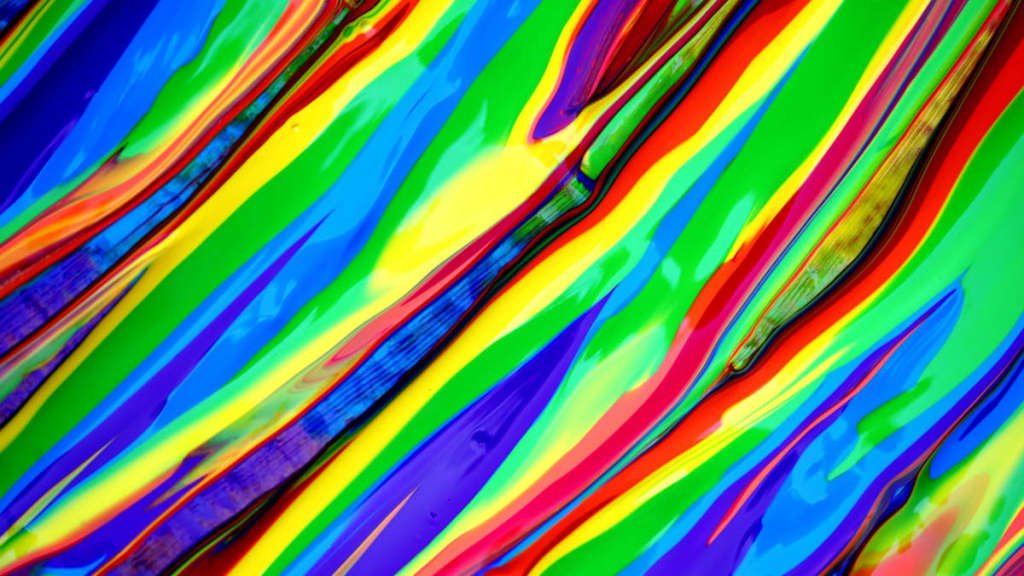
Psychedelic Typography: Blending Art and Text in Design
When it comes to design, one of the most exciting elements to play with is typography. The way text is presented can have a huge impact on how a design is perceived. Typography is not just about choosing a font, it’s about creating a visual language that complements the overall design. In recent years, a trend that has been gaining popularity is psychedelic typography.
What is Psychedelic Typography?
Psychedelic typography is a style that combines vibrant colors, distorted shapes, and playful textures to create a visual experience that mimics the effects of psychedelic drugs. This style is all about challenging the norms of traditional typography and pushing the boundaries of design. By blending art and text in unexpected ways, designers can create truly unique and eye-catching pieces.
One of the key elements of psychedelic typography is the use of illusion and movement. Text can appear to be floating, swirling, or morphing in front of your eyes. This dynamic quality adds a sense of energy and excitement to the design, drawing the viewer in and making them curious to explore further.
How to Incorporate Psychedelic Typography in Your Designs
If you’re looking to add a touch of psychedelia to your designs, start by experimenting with bold colors and unusual shapes. Play around with different fonts and layouts to create a sense of disorientation and wonder. Remember, psychedelic typography is all about breaking the rules and letting your creativity run wild.
Whether you’re designing a poster, a website, or a logo, psychedelic typography can help your work stand out from the crowd and make a lasting impression. So don’t be afraid to get creative and embrace the wild world of psychedelic typography!
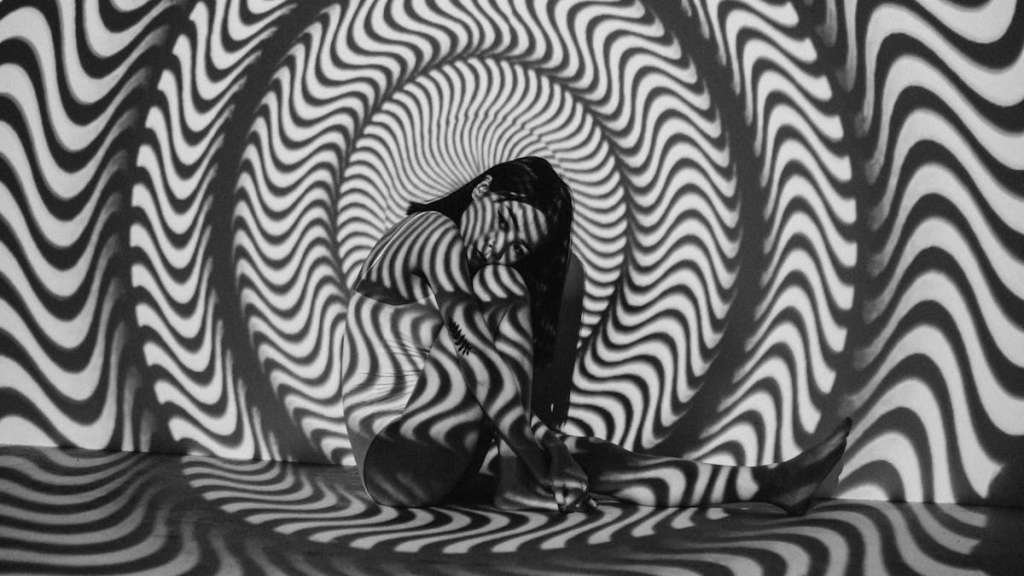
Color Theories in Psychedelic Design: A Vibrant Palette Exploration
In the world of design, color plays a crucial role in evoking emotions, setting moods, and creating visual experiences. When it comes to psychedelic design, the use of vibrant colors takes center stage, captivating the viewers and taking them on a journey through a kaleidoscope of hues and shades.
The Power of Colors in Psychedelic Design
Psychedelic design embraces bold and vivid colors to stimulate the senses and provoke a sense of wonder and euphoria. Let’s explore some key color theories that are commonly used in psychedelic design:
- Contrast: The juxtaposition of bright, contrasting colors creates a sense of dynamism and energy in psychedelic design.
- Complementary Colors: Pairing colors that are opposite each other on the color wheel enhances visual impact and creates a harmonious balance.
- Color Symbolism: Different colors evoke different emotions and associations, influencing the overall mood of the design.
Exploring a Vibrant Palette
When creating a psychedelic design, experimenting with a diverse and vibrant color palette is key to achieving an eye-catching and captivating result. Here is a table showcasing a range of psychedelic colors and their symbolic meanings:
| Color | Meaning |
|---|---|
| Purple | Spirituality, mystery, creativity |
| Orange | Vitality, enthusiasm, warmth |
| Green | Nature, growth, harmony |
| Yellow | Happiness, energy, optimism |
By understanding the impact of colors and experimenting with a vibrant palette, designers can create psychedelic artworks that are visually stunning and emotionally engaging.
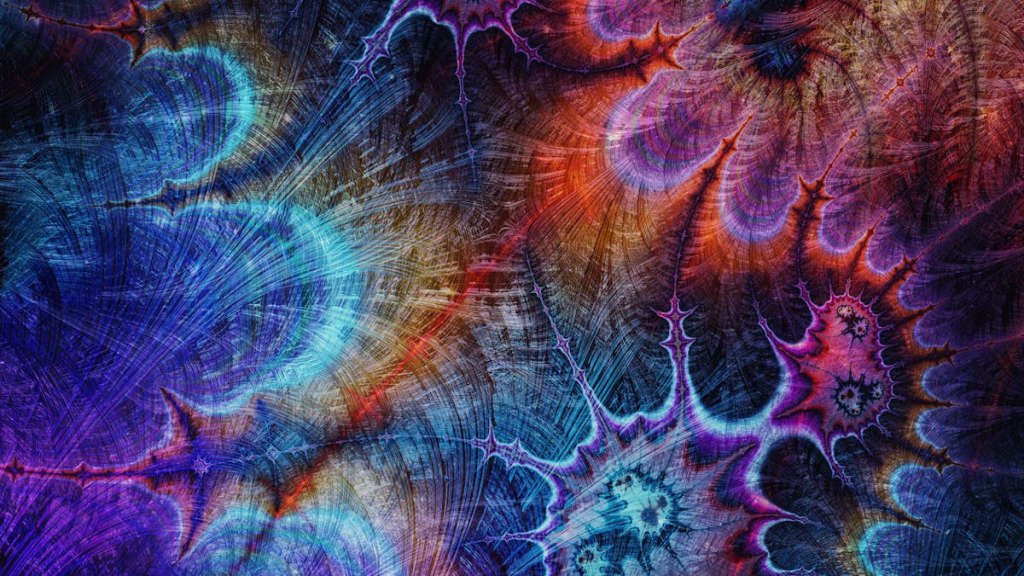
Exploring the Intersection of Geometry and Psychedelic Art
Have you ever stopped to consider the intricate relationship between geometry and psychedelic art? The connection between these two seemingly disparate concepts may not be immediately apparent, but upon closer inspection, it becomes clear that they share a fascinating bond. Let’s delve into the world of sacred geometry and mind-bending visuals, where symmetry and chaos collide to create a mesmerizing experience.
The Beauty of Symmetry
One of the key elements of psychedelic art is its emphasis on symmetry. The use of repetition, balance, and harmony in geometric patterns can evoke a sense of order and tranquility in the viewer. The perfect alignment of shapes and colors creates a hypnotic effect, drawing the observer into a state of calm contemplation.
The Allure of Chaos
On the flip side, chaos also plays a crucial role in psychedelic art. The distortion of traditional geometric shapes, the juxtaposition of clashing colors, and the illusion of movement all contribute to the sense of disorder and disarray. This disruption of the norm can be both unsettling and exhilarating, challenging the viewer to question their perception of reality.
In conclusion, the interplay between symmetry and chaos in psychedelic art is what makes it so captivating. The intricate dance of geometric shapes and mind-bending visuals creates a unique visual experience that is both visually stunning and intellectually stimulating. So next time you find yourself lost in a psychedelic masterpiece, take a moment to appreciate the delicate balance between order and chaos that lies at the heart of it all.
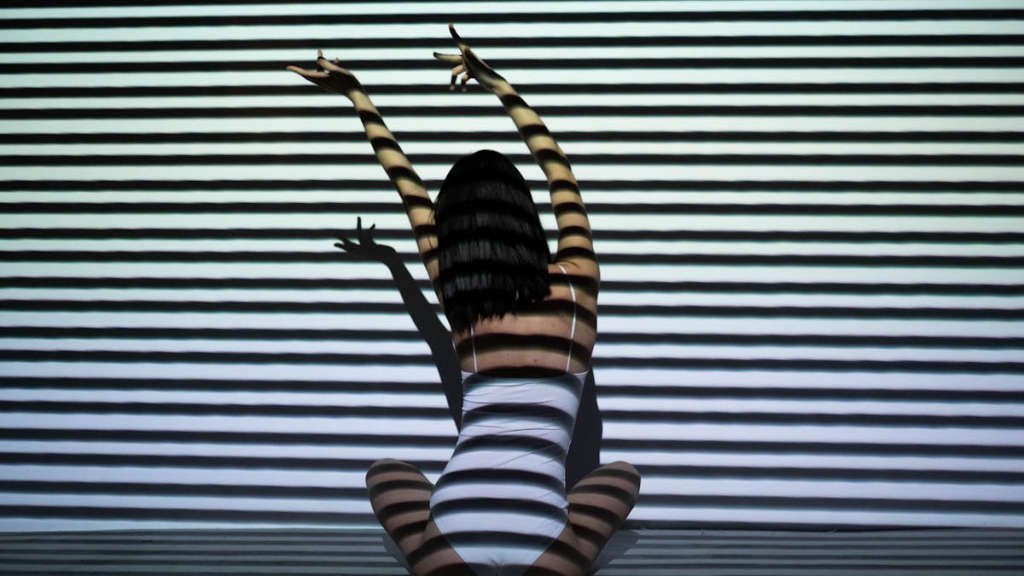
Digital vs. Traditional Techniques in Creating Psychedelic Visuals
When it comes to creating psychedelic visuals, artists have a plethora of techniques at their disposal. Two main methods used in the creation process are digital and traditional techniques. Let’s explore the differences between the two and how they impact the final outcome.
Digital Techniques:
With the advancement of technology, digital techniques have become increasingly popular in creating psychedelic visuals. Digital tools such as Photoshop, Illustrator, and After Effects allow artists to manipulate colors, shapes, and textures with ease. The flexibility and endless possibilities of digital software make it a preferred choice for many modern artists.
Traditional Techniques:
On the other hand, traditional techniques involving painting, drawing, and collage still hold a special place in the creation of psychedelic visuals. The tactile nature of traditional mediums adds a unique texture and depth to the artwork. Artists who enjoy the hands-on process and physicality of creating art often opt for traditional techniques.
“Digital techniques offer precision and speed, while traditional techniques provide a sense of authenticity and craftsmanship.”
Comparison Table:
| Aspect | Digital Techniques | Traditional Techniques |
|---|---|---|
| Flexibility | High | Limited |
| Texture | Smooth and uniform | Varied and tactile |
| Speed | Fast | Slow |
Ultimately, whether an artist chooses digital or traditional techniques boils down to personal preference and the desired aesthetic for the psychedelic visuals. Both methods offer unique benefits and challenges, and the combination of the two can lead to truly mesmerizing and innovative artwork.

Conclusion
In conclusion, the undefined nature of psychedelic design allows for endless possibilities and interpretations. It is a unique and captivating art form that continues to inspire artists, designers, and creators around the world. The mesmerizing patterns, vibrant colors, and surreal imagery of psychedelic design evoke a sense of wonder and exploration. Whether used in fashion, music, or visual arts, psychedelic design has the power to transport viewers to a different realm and stimulate their senses in unexpected ways. Its boundary-pushing and transformative qualities make it a fascinating and enduring genre in the world of design.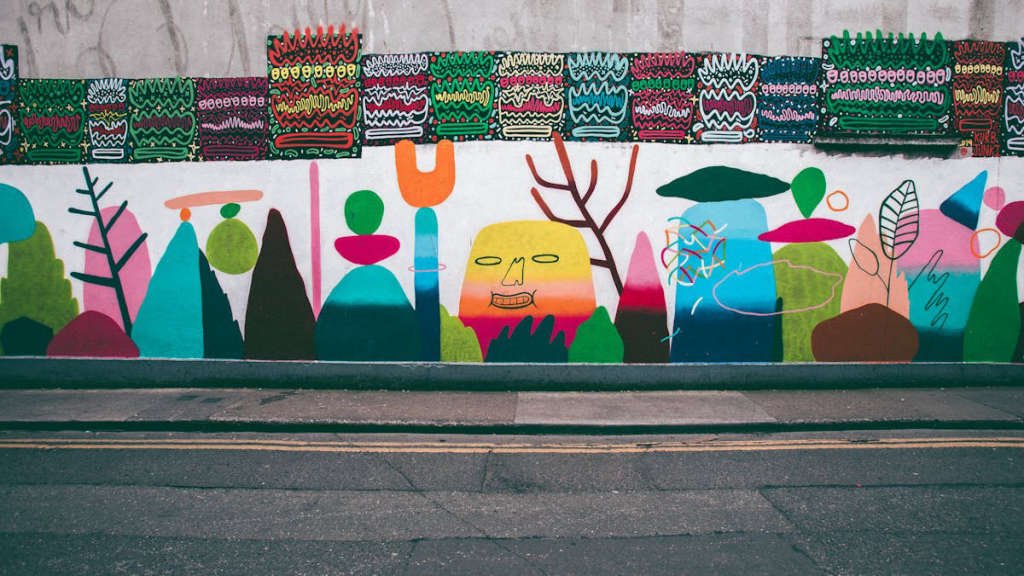
Frequently Asked Questions
What is psychedelic design?
Psychedelic design is a style that incorporates vibrant colors, intricate patterns, and surreal elements to create visually stimulating experiences.
How can I incorporate psychedelic design into my projects?
You can incorporate psychedelic design by using bold and bright colors, geometric shapes, organic forms, and trippy patterns in your artworks.
What are the key elements of psychedelic design?
The key elements of psychedelic design include vivid colors, intricate patterns, surreal or distorted imagery, and a sense of unpredictability and chaos.
Is psychedelic design suitable for all types of projects?
Psychedelic design is most commonly associated with art, music, and certain subcultures. While it can be used in various projects, it may not always be suitable for corporate or minimalist designs.
Are there any famous artists known for their psychedelic design work?
Yes, there are several famous artists known for their psychedelic design work, such as Wes Wilson, Victor Moscoso, and Bonnie MacLean.
